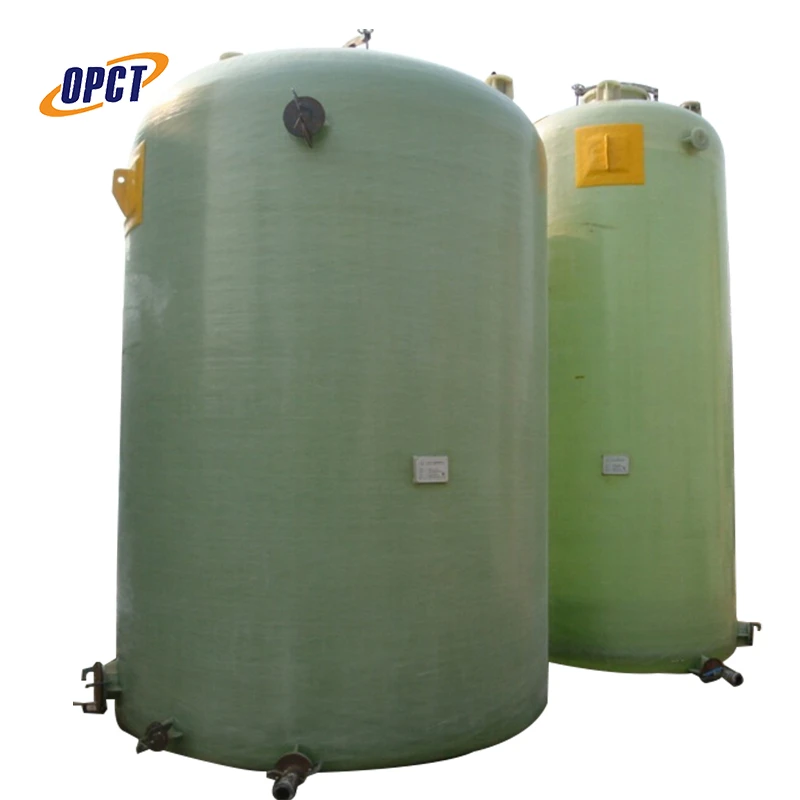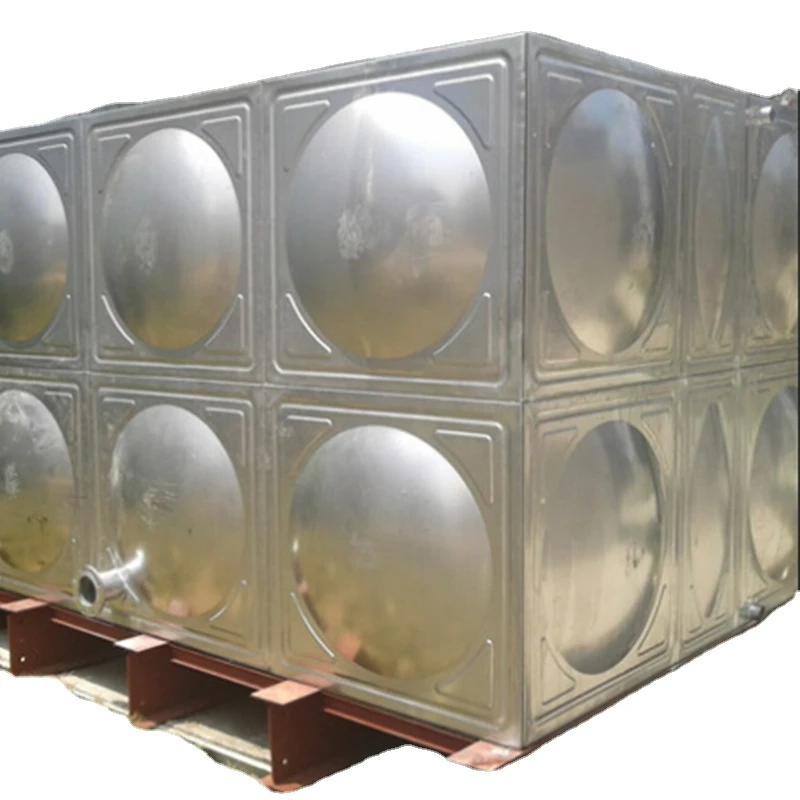Fiber Reinforced Plastic (FRP) cable ladders represent an evolution in cable management systems, providing unparalleled advantages in a variety of applications. My journey into understanding FRP cable ladders began years ago when I was tasked with finding a more sustainable and economically efficient solution for cable management systems in an offshore oil and gas facility. The choice of solution was not trivial, given the harsh environments and stringent safety requirements. Through my experience, along with a deep dive into the associated technology, I aim to provide insights into why FRP cable ladders are becoming the preferred option in both commercial and industrial settings.

One of the most significant benefits of FRP cable ladders is their remarkable corrosion resistance. Unlike traditional metal ladders which are prone to rust when exposed to harsh environmental conditions such as saltwater, chemicals, and significant temperature variations, FRP ladders remain unaffected. This characteristic was particularly beneficial for the offshore facility I worked with, where constant exposure to the sea air meant that conventional metal cable ladders had a drastically reduced life span. The adoption of FRP cable ladders reduced maintenance costs and frequency, an advantage that resonated positively in the project's financial evaluations.
Moreover,
the lightweight nature of FRP cable ladders cannot be overstated. Being substantially lighter than their metallic counterparts, they simplify the installation process, reduce the load on support structures, and overall contribute to a safer working environment. The ladders can be maneuvered easily into hard-to-reach places, making the installation process quicker and cost-effective. During our project, this significantly reduced labor costs and time, a crucial factor when working under tight project deadlines. Additionally, it delivered a long-term solution without the typical logistical challenges associated with heavy equipment.

Regarding electrical insulation, FRP cable ladders offer intrinsic safety features that metal counterparts simply cannot match. FRP is a non-conductor, thereby producing an inherently safer environment for personnel working in proximity to high-voltage installations. Implementing these systems within our facility provided peace of mind, knowing that the likelihood of electrical hazards was substantially minimized. This feature is particularly pertinent in environments where electrical safety is paramount, contributing positively to overall operational safety standards.
frp cable ladder
FRP cable ladders exhibit profound thermal stability, maintaining integrity and performance in varying temperature settings. This stability was tested across diverse environmental zones on the project site, including extremes of heat and humidity. The resultant performance surpassed expectations, demonstrating that FRP ladders endure conditions that would typically degrade conventional solutions. This quality highlights their suitability for global applications, from tropical climates to icy regions, without compromising functionality or reliability.
The lifecycle cost advantages of FRP cable ladders are another point of interest garnered through experience and analysis. Initial costs may be higher compared to certain traditional materials; however, when considering factors like maintenance, durability, lifespan, and the decreasing cost of production due to technological advances, FRP cable ladders present an attractive long-term investment. In our scenario, the total cost of ownership calculations revealed cost savings that justified the investment within the first few years of operation.
To ensure unparalleled effectiveness of an FRP cable ladder installation, it's important to collaborate with a manufacturer known for their expertise and quality assurance measures. During our project, partnering with a leading manufacturer facilitated custom solutions that met specific project requirements, lending credibility and assuredness to the structural integrity and performance of the installation.
In conclusion, the shift toward using FRP cable ladders is driven by their myriad advantages including corrosion resistance, lightweight structure, electrical non-conductivity, and thermal stability. My hands-on experience in an industrial setting has demonstrated that, with careful planning and the right expertise, these ladders offer not only technological superiority but are a cost-effective, reliable solution. The growing adoption of FRP cable ladders underscores an industry-wide movement towards innovative materials that elevate infrastructure sustainability and operational efficiency.




